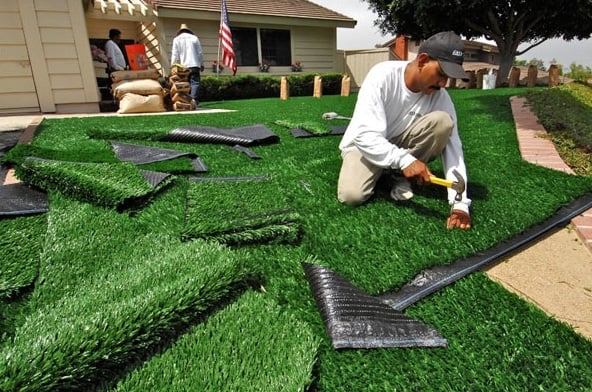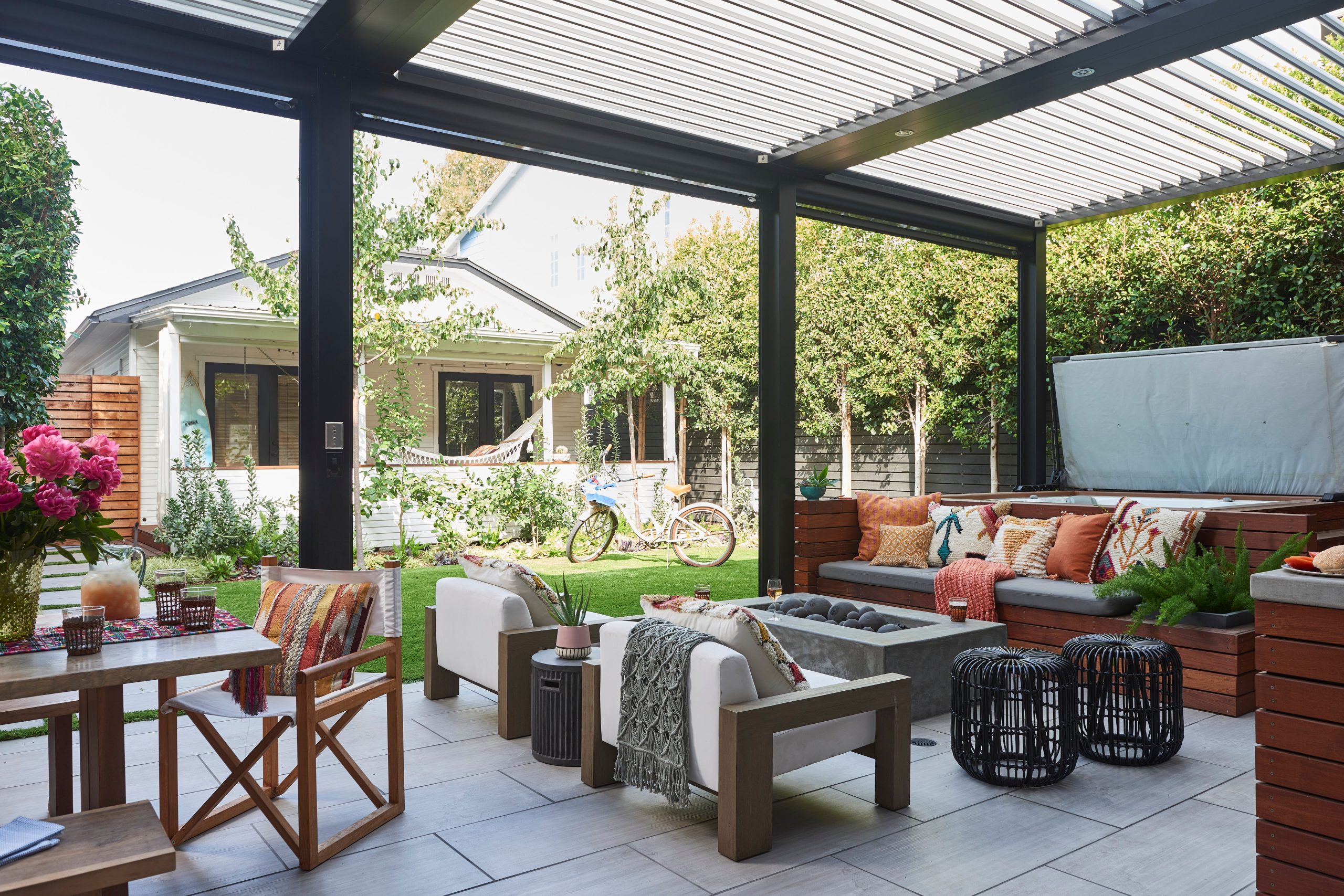Artificial turf is a synthetic surface that looks like grass and can be used for sports arenas, residential lawns, and commercial applications. It is durable and requires little maintenance.
It can help eliminate the need for pesticides and fertilizers. It also helps reduce the risk of injury for athletes.
Benefits
Artificial turf has become a popular alternative to natural grass for residential lawns and sports fields. It’s less expensive than maintaining natural lawns and it reduces the amount of water used, making it more environmentally friendly. It also requires fewer chemicals, which is good for the environment and your wallet.
The main benefits of synthetic turf are durability, low maintenance costs, and year-round good looks. It also provides a great alternative for people with allergies to the weeds and insects that can plague traditional grass lawns.
It’s important to choose the right synthetic turf for your home. There are several factors to consider, including face weight, pile height, thatch color, and blade shape. The best time of year to install artificial turf is in the autumn, before leaves fall. It’s also wise to hire a professional landscaper who has experience seaming artificial turf. A mistake made during the seaming process can show up later and ruin the look of your yard.
Installation
The installation of synthetic turf can be a complicated process and it is important to follow the steps correctly to avoid unsightly lines, ripples or wrinkles in your new field. It is best to hire a landscaping professional with experience installing artificial turf and/or natural grass for the most seamless, durable installation.
The first step is to prepare the area for your artificial turf. It is important to remove all organic material and compact the soil with a roller or tamper. If there are any underground pipes or cables, they should be uncovered and secured.
It is also important to install the appropriate infill for your turf system. This will affect the performance and lifespan of your artificial turf. Infill options include crumb rubber, sand or silica sand. Crumb rubber is typically used in athletic fields because it reduces player impact and helps to prevent injury. Once the infill is spread, a clean push broom can be used to sweep it into the turf fibers.
Maintenance
In addition to regular cleaning and care, it is important to pay special attention to high traffic areas of your artificial turf. This will ensure that these areas do not experience early wear or damage due to repetitive activity. Also, it is important to keep your turf free of soil, which can damage the synthetic grass fibers and prevent proper shock absorption and GMax testing.
To prevent the build-up of dirt and debris on your synthetic turf, it is recommended that you use a petrol leaf blower or plastic brush to regularly clear leaves and rotting debris. It is also advisable to remove any solid waste from the area immediately. This can be done using a standard push broom or with a specialised tool like Purchase Green Turf Bomb, which is designed to clean your turf and eliminate odours. In addition, it is important to perform a yearly GMax test on your field to ensure that it is still providing the highest level of player safety and playability.
Cost
Artificial turf can be more expensive than natural grass sod, but it will save time and money on maintenance costs like mowing, weeding, fertilizing, and water consumption. It also has a longer lifespan and is much easier to maintain than real grass, especially during heavy use.
Various types of turf are available to suit specific applications, with options that include residential landscaping, golf, athletic events, and pet areas. Some are designed to be more durable than others, with a variety of face weights, pile heights, thatch color and construction quality.
A reputable artificial grass company will provide you with an estimate of the materials and labour required to complete the job. Operational fees will typically be included in the quote, including fuel charges for delivery, disposal, and rental fees for equipment such as a sod cutter or plate compactor. The base material used under turf is often a class 11 road base, which is a mix of differently-sized gravel or crushed rock that provides stability for the artificial grass and accelerates drainage.



